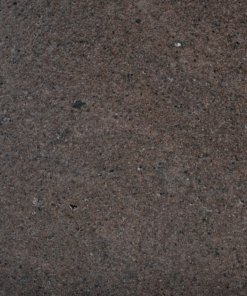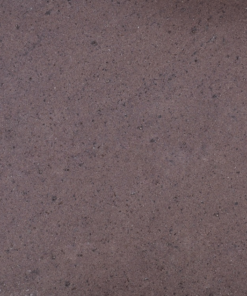What is andesite stone? Uses and characteristics
What is Andesite?
Andesite stone is a type of volcanic rock commonly found on the surface of the earth. This stone is known for its fine-grained and hard texture and is typically seen in shades of gray, gray-brown, and sometimes reddish tones. The main minerals in andesite stone include plagioclase, hornblende, pyroxene, and biotite.
How is Andesite Stone Formed?
Andesite is the result of volcanic activity. Andesite rocks are formed when magma reaches the surface and cools rapidly. It is commonly found around volcanic mountains.
Characteristics and Uses of Andesite Stone
Durability and Hardness: Andesite stone is highly durable, making it ideal for outdoor use. Its hard structure makes it resistant to wear and tear, weather conditions and chemical effects.
Aesthetic Appearance: The variety of colors and textures makes andesite a popular choice for decorative purposes. It is used in a variety of applications including paving, pavers and wall cladding.
Architecture and Construction: Andesite has been used as a building stone throughout history. Today, it is preferred for restoring historic buildings or providing a natural and sturdy look in new projects.
Landscape Design: It is often used in gardens, walkways and other outdoor applications. Its natural look and durability make it a favorite among landscape architects.
Industrial Use: Due to its high durability and chemical resistance, andesite stone is also used in various industrial applications. It is especially preferred in the construction of heavy industry and construction equipment.
What are the Characteristics of Andesite Stone?
Longevity: Andesite stone is long-lasting, maintaining its integrity over time.
Low Maintenance Requirement: Its durable structure requires minimal maintenance.
Eco-Friendly: Being a natural material, it does not harm the environment and is recyclable.
Durability and Hardness: Andesite stone is highly durable and resistant to wear, weather conditions, and chemical effects.
Aesthetic Appearance: With its shades of gray, gray-brown, and sometimes reddish tones, it is ideal for decorative purposes.

 Türkçe
Türkçe Deutsch
Deutsch العربية
العربية Français
Français Español
Español
